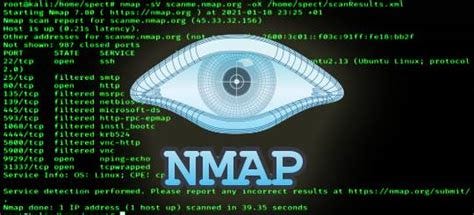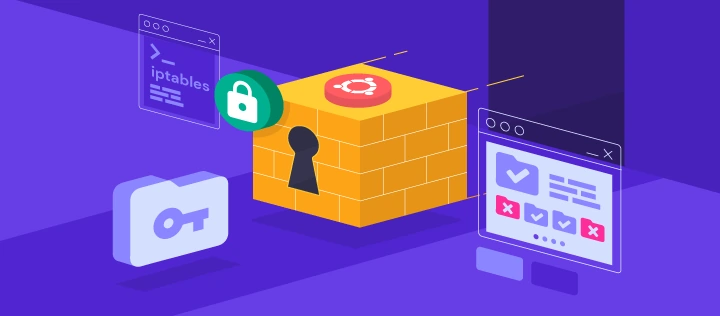Nmap for Network Security Audits
Introduction
Nmap (Network Mapper) is the de facto tool for network discovery and security auditing. For cybersecurity professionals, mastering Nmap’s capabilities—from basic IP scans to advanced host discovery—is critical for identifying vulnerabilities and hardening network defenses. This guide dives deep into Nmap’s core functionalities, offering actionable commands and strategies tailored for experts.
Basic Nmap Scanning Techniques
1. Basic Nmap Scan Against IP or Host
Execute a fundamental scan to identify open ports and services on a target:
nmap 192.168.1.1
Replace 192.168.1.1 with the target IP or hostname. This command scans the 1,000 most common ports.
2. Nmap Ping Scan (Ping Only Scan)
Discover live hosts without port scanning using the -sn flag:
nmap -sn 192.168.1.0/24
This sends ICMP echo requests to all hosts in the /24 subnet.
3. Scan Specific Ports or Entire Port Ranges
- Targeted Port Scan:
nmap -p 80,443,22 192.168.1.1 - Full Port Scan:
nmap -p- 192.168.1.1
4. Excluding Hosts from Search
Skip specific IPs during scans with --exclude:
nmap 192.168.1.0/24 --exclude 192.168.1.5
Advanced Scanning Methods
1. OS Scanning
Detect the operating system using -O:
nmap -O 192.168.1.1
2. Service Version Detection
Identify service versions with -sV:
nmap -sV 192.168.1.1
3. Stealth Scanning (SYN Scan)
Perform a stealthy SYN scan to evade basic IDS:
nmap -sS 192.168.1.1
4. Disabling DNS Resolution
Speed up scans by skipping reverse DNS lookups (-n):
nmap -n 192.168.1.1
Working with IP Ranges and Multiple Hosts
1. Scan a Range of IP Addresses
Use hyphen notation or CIDR:
nmap 192.168.1.1-50
nmap 192.168.1.0/24
2. Scan Multiple Hosts
List targets separated by spaces:
nmap 192.168.1.1 192.168.1.2
3. List All Hosts on a Network
Combine -sL for a “list scan” to enumerate hosts without probing:
nmap -sL 192.168.1.0/24
Port Scanning Deep Dive
1. Nmap Command to Scan for Open Ports
Aggressive scan with OS and version detection:
nmap -A 192.168.1.1
2. Disable Port Scanning
Use -sn to limit the scan to host discovery only:
nmap -sn 192.168.1.0/24
Specialized Techniques
1. Discover the Network Path (Traceroute)
Map the route to the target:
nmap --traceroute 192.168.1.1
2. Ping Scan Using Nmap
Combine ICMP and TCP pings for robust host discovery:
nmap -PE -PS80 192.168.1.1
Nmap in Kali Linux
Kali Linux includes Nmap pre-installed, optimized for penetration testing. Update tools with:
sudo apt update && sudo apt upgrade nmap
Best Practices for Effective Audits
- Limit Scans to Necessary Targets: Avoid unnecessary network noise.
- Combine Flags for Efficiency: Example:
nmap -sS -sV -O 192.168.1.1. - Respect Legal Boundaries: Always obtain authorization before scanning.
Conclusion
From basic IP scans to advanced OS fingerprinting, Nmap is indispensable for network security audits. Implement these techniques to uncover vulnerabilities, map networks, and fortify defenses.
Latest blog posts
Explore the world of programming and cybersecurity through our curated collection of blog posts. From cutting-edge coding trends to the latest cyber threats and defense strategies, we've got you covered.

